Cart

Choking infant CPR
Essential Guide: How to Help an Infant Choking – Step-by-Step Instructions Introduction
Choking is a frightening emergency, especially when it involves an infant. As a caregiver, knowing how to respond effectively can be lifesaving. This guide provides step-by-step instructions on infant choking first aid. By mastering these steps, you can confidently handle such emergencies and ensure the child’s safety.
Understanding Infant Choking
Infant choking occurs when an object obstructs the airway, hindering breathing. Infants are more prone to choking due to their small airways and limited ability to chew and swallow. Common choking hazards include small toys, coins, buttons, and certain foods like grapes, hot dogs, and nuts.
Recognizing the Signs of Infant Choking
Recognizing the signs of infant choking is crucial for a quick response. These signs include inability to cry or make sounds, difficulty breathing, bluish skin color, weak coughing, grasping the throat, and a distressed facial expression.
Step-by-Step Instructions on How to Help an Infant Choking
When faced with an infant choking, it is essential to act quickly and confidently. Follow these step-by-step instructions to provide immediate assistance:
- Assess the situation: Determine if the infant is indeed choking by asking yourself if they can cough, cry, or breathe. If the infant is unable to make any sounds or is turning blue, immediate action is required.
- Call for help: If you are alone, shout for assistance. If someone else is present, ask them to call emergency services while you attend to the infant.
- Support the infant: Hold the infant face-down on your forearm, ensuring their head is lower than their chest. Use your thigh or lap for support.
- Deliver back blows: Using the heel of your hand, deliver up to five firm back blows between the infant’s shoulder blades. Check the infant’s mouth after each blow to see if the object has been dislodged.
- Perform chest thrusts: If back blows do not dislodge the object, turn the infant face-up while keeping their head lower than their chest. Use two fingers to deliver up to five chest thrusts, just below the nipple line. Apply firm pressure, but be cautious not to compress the infant’s throat.
- Repeat back blows and chest thrusts: Alternate between back blows and chest thrusts until the object is expelled or the infant becomes unconscious.
- If the infant becomes unconscious: If the infant loses consciousness, carefully lay them on a firm surface and begin CPR. Follow the guidelines provided by emergency services until professional help arrives.
Preventing Infant Choking
While knowing how to respond to infant choking is crucial, it is equally important to take preventive measures to reduce the risk of choking incidents. Here are some steps you can take to create a safer environment for infants:
- Be mindful of small objects: Keep small objects, such as coins, buttons, and small toys, out of reach of infants. Regularly inspect the areas where the infant spends time to ensure there are no potential choking hazards.
- Cut food into small pieces: When introducing solid foods to infants, make sure to cut them into small, easily manageable pieces. Avoid giving infants foods that are hard, round, or sticky, as these can pose a higher risk of choking.
- Supervise mealtime: Always supervise infants while they are eating. Avoid distractions, such as television or electronic devices, and focus on the infant’s eating habits. Encourage them to chew their food thoroughly and take small bites.
- Educate caregivers: If you are a caregiver for an infant, it is essential to educate yourself and others on the potential choking hazards and appropriate feeding practices. Share this information with other family members, babysitters, and anyone else who may be responsible for the infant’s care.
- Learn CPR and first aid: Enroll in a CPR and first aid training course specifically designed for infants and young children. These courses will teach you how to respond to choking emergencies, as well as other life-saving techniques. Having this knowledge and training can give you the confidence and skills needed to handle emergencies effectively. By taking these preventive measures, you can significantly reduce the risk of infant choking incidents. However, it is important to remember that accidents can still happen, and being prepared to respond promptly and appropriately is crucial.
Infant choking is a serious emergency that requires immediate attention. By understanding the signs of choking, knowing how to respond effectively, and taking preventive measures, you can be better prepared to handle such situations. Remember, always prioritize the safety and well-being of the infant, and seek professional medical help if necessary. With the right knowledge and preparation, you can be a confident and capable caregiver, ready to protect and save lives. By understanding the signs of choking and following the step-by-step instructions provided in this guide, you can effectively respond to such an emergency situation. Remember, remaining calm and acting swiftly is crucial in ensuring the safety and well-being of the infant. Consider enrolling in a CPR and first aid training course to gain hands-on experience and further enhance your knowledge in handling emergencies involving infants. With the right knowledge and preparation, you can be a confident and capable caregiver, ready to protect and save lives. To find out more about upcoming Infant and Child CPR and First Aid classes please call or text us 512-200-2327
